A Pesach Feast Awaits: Recipes from the Ashkenazi and Sephardic Kitchen
By Tori Avey
Passover is the busiest time of year on my website ToriAvey.com. Readers from all over the world come to my blog seeking recipes for their Seder menus.
When creating a Passover Seder menu, I like to trace the origins of the traditional holiday foods we enjoy. Because of my husband’s mixed Jewish background - he is half Ashkenazi, half Sephardic - I often feature Seder recipes with a more exotic, spiced up twist to them. As the years go on, I find more and more Jewish families are open to the idea of including kitniyot in their Passover diet.
Ashkenazi… Sephardic… kitniyot… are you confused yet? Read on!
The term “Jewish cuisine” is very broad and covers foods from all over the world. This is because Jews have settled in many different countries throughout history. Two major Jewish groups split off into two different parts of the world during the Middle Ages.
The Jews who landed in places like Poland, Russia and Germany came to be known as Ashkenazi, while Jews who settled in Mediterranean places like Portugal, Africa, Spain and the Far East are known as Sephardic. Most American Jews today are of Ashkenazi descent, though there are many Sephardic Jews as well.
Ashkenazi and Sephardic Jews have the same religious beliefs, but their cooking styles differ greatly. Ashkenazi foods are more recognizable to American cooks and include things like gefilte fish and bagels. Sephardic foods are slightly more exotic and include what some might describe as more Mediterranean in style (hummus, baba ganoush, etc.).
Ashkenazi food reflects the colder climate of Eastern Europe and includes comforting, hearty dishes made to survive a cold winter. Sephardic cuisine is inspired by sunny, warm climates where there is more access to fresh produce, fish, spices and olive oil. Because of this, Sephardic cuisine is often healthier, lighter and more colorful.
The difference between these cuisines is more prominent during the Passover holiday, when kosher food laws play a large part in what we may and may not eat. Both groups prohibit chametz (leavened grain products) during the holiday, but there is a separate category of foods called kitniyot that is dealt with differently by both traditions. Kitniyot items include millet, rice, corn, dried beans and lentils, peas, soybeans, green beans, peanuts, poppy seeds, sesame seeds, and mustard. Ashkenazi Jews do not allow kitniyot at the Passover table, while Sephardic Jews do.
Throughout the years, American Jewish families have become increasingly open to including kitniyot in their Passover diet. This opens up a whole new world of recipes to try.
Below I’ve gathered some Passover recipes to help you add a spiced-up exotic flair to your Passover Seder. Keep in mind that many of these recipes are Sephardic in origin and do include kitniyot (click on the title or picture for the full recipe).
Ashkephardic Charoset
Saffron Matzo Balls
Keftes de Prassa - Sephardic Leek Patties
Green Bean, Beet and Pistachio Salad
Date Glazed Orange Chicken
Rum and Coffee Brisket
Lemony Almond Macaroons
Sephardic Charoset Truffles
The wonderful thing about Israel is that it is the one place where all of these traditions cross paths and combine to form a uniquely delicious cuisine, both for holidays and throughout the year.
Tori Avey is a food writer, recipe developer and the creator of the popular cooking and lifestyle blog ToriAvey.com. She is inspired by our delicious past and believes that yesterday’s recipes can inspire us in the kitchen today. Tori also writes about culinary history at PBS Food.
If you liked these recipes, you are invited to follow Tori on Facebook, Pinterest, Twitter and Instagram for updates on more delicious eats, enjoy!

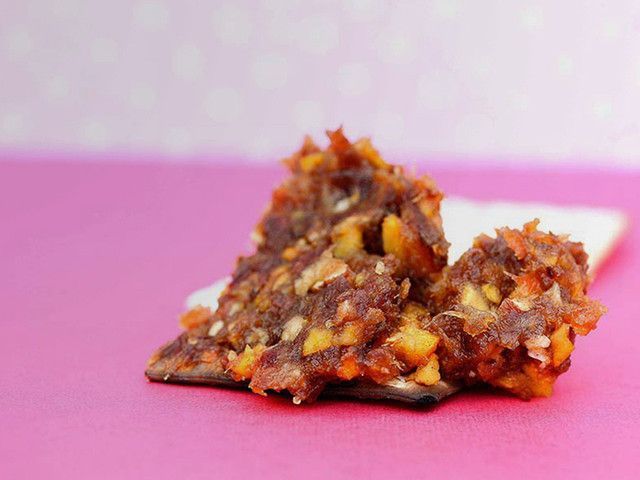
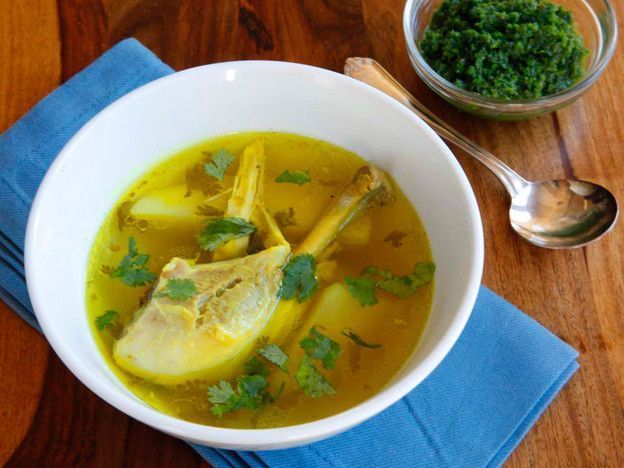

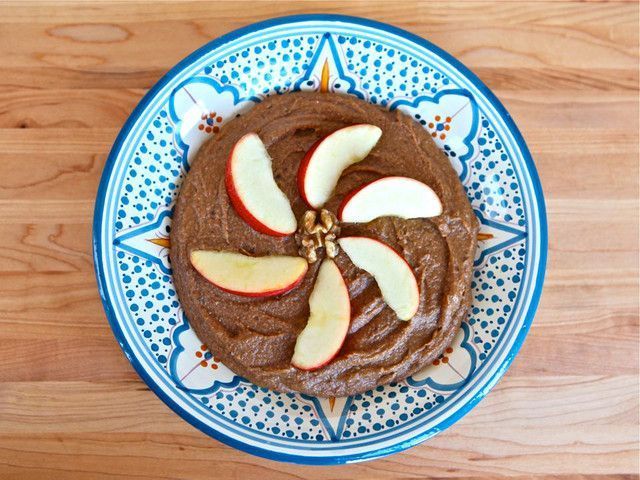
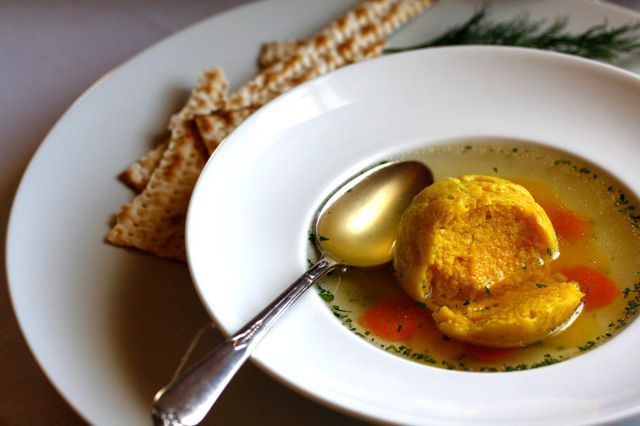
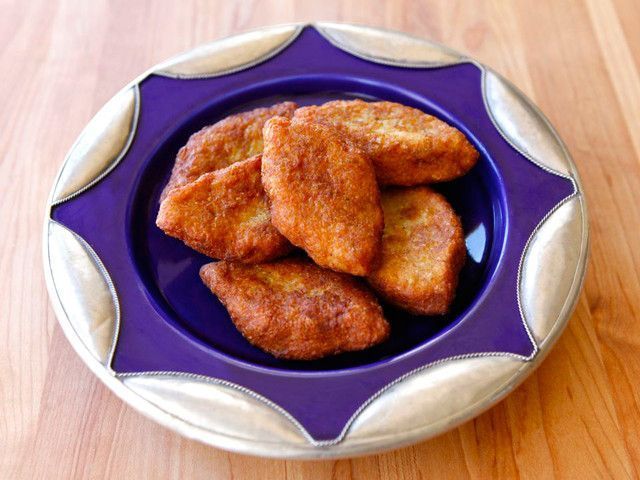
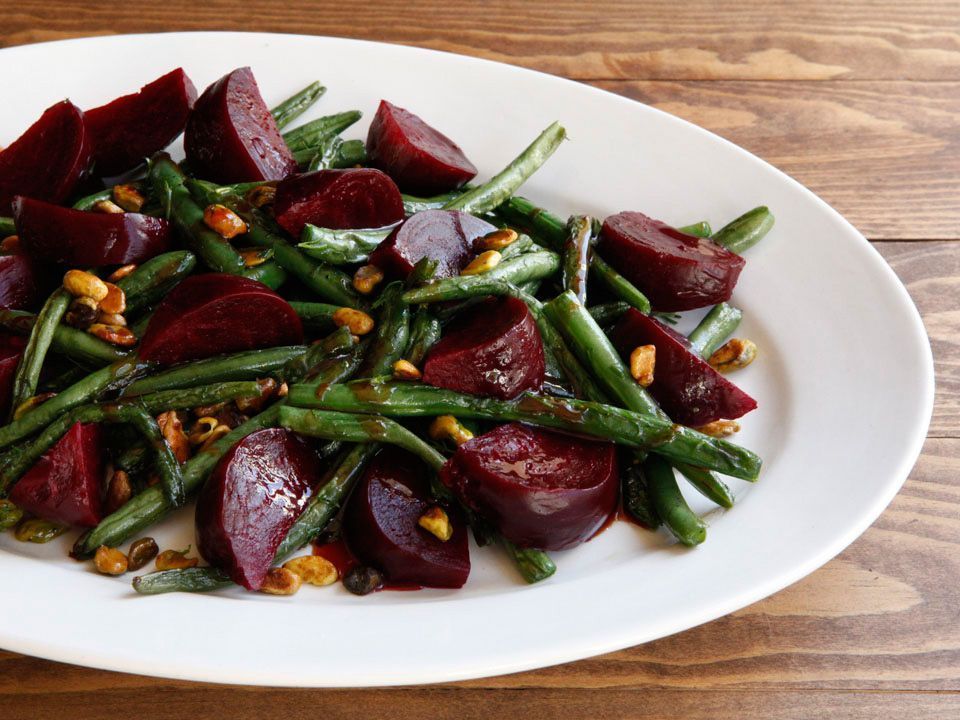
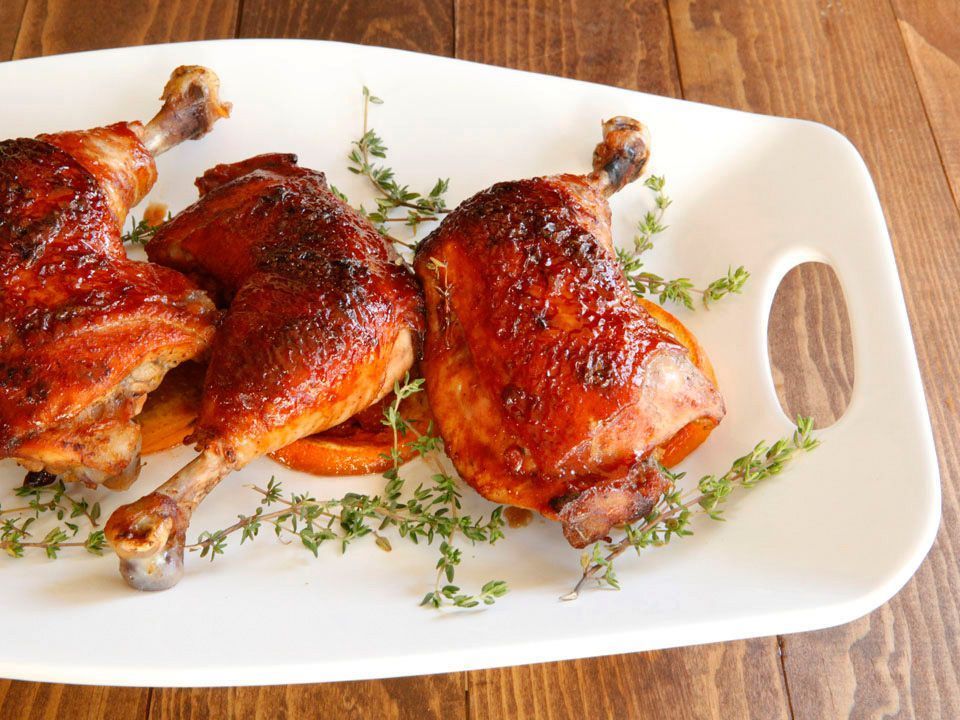
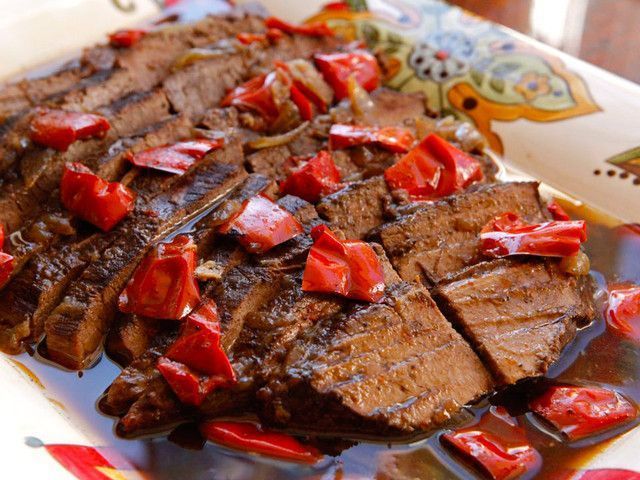



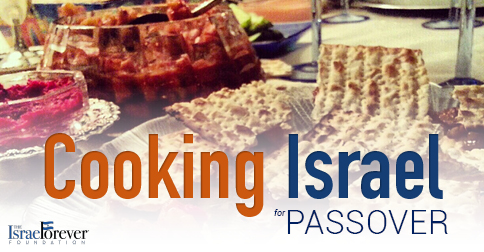





Leave a Comment on Israel Forever